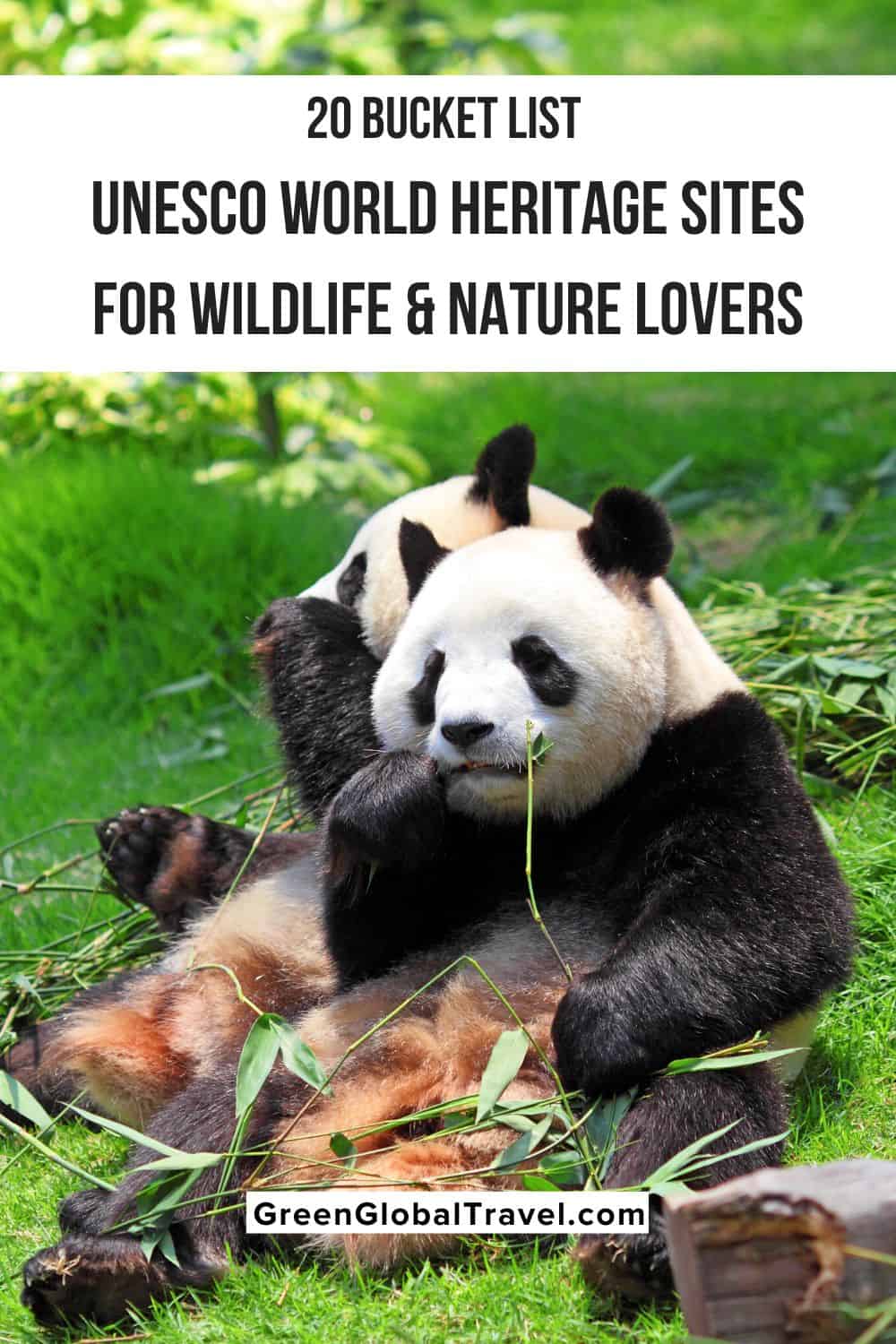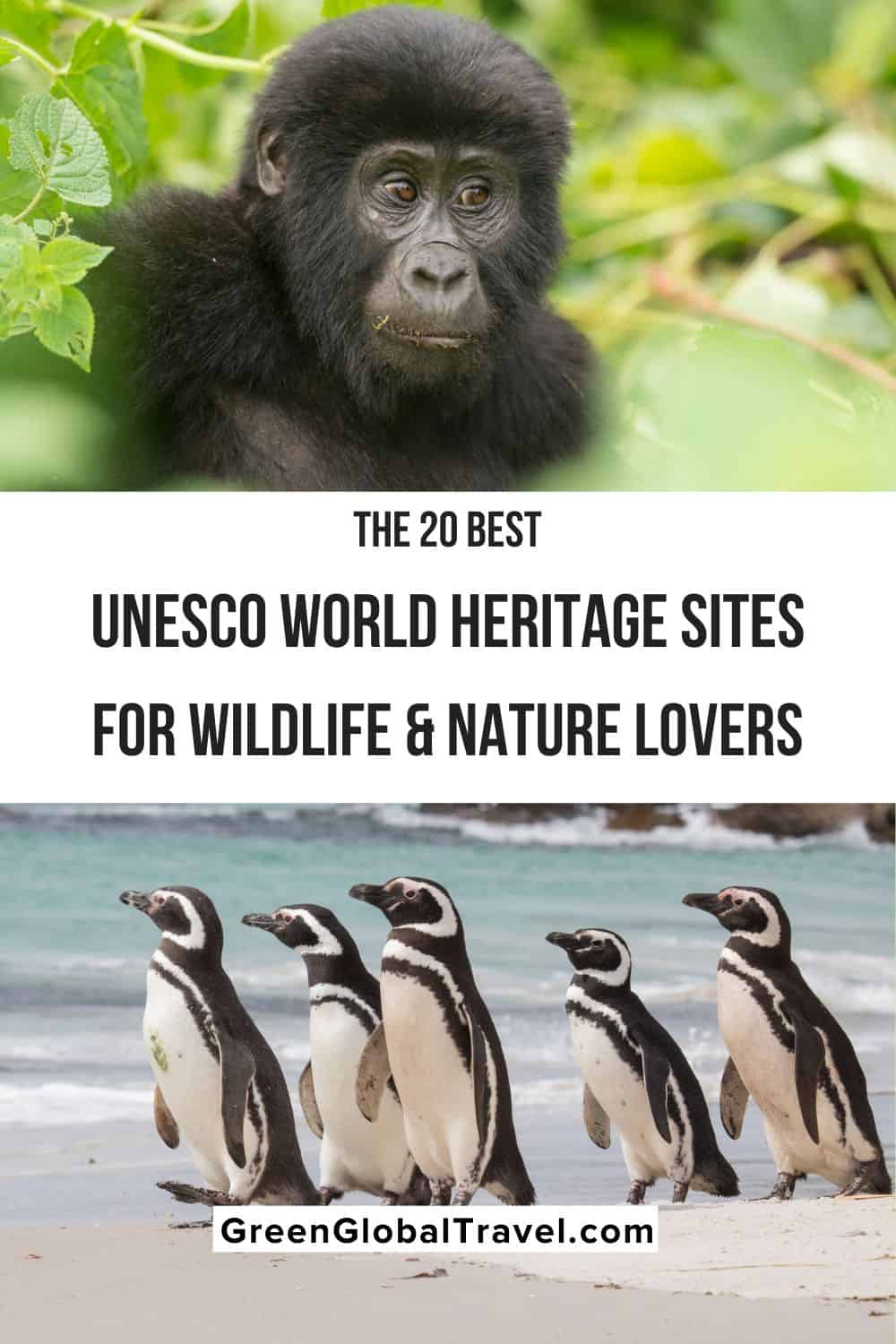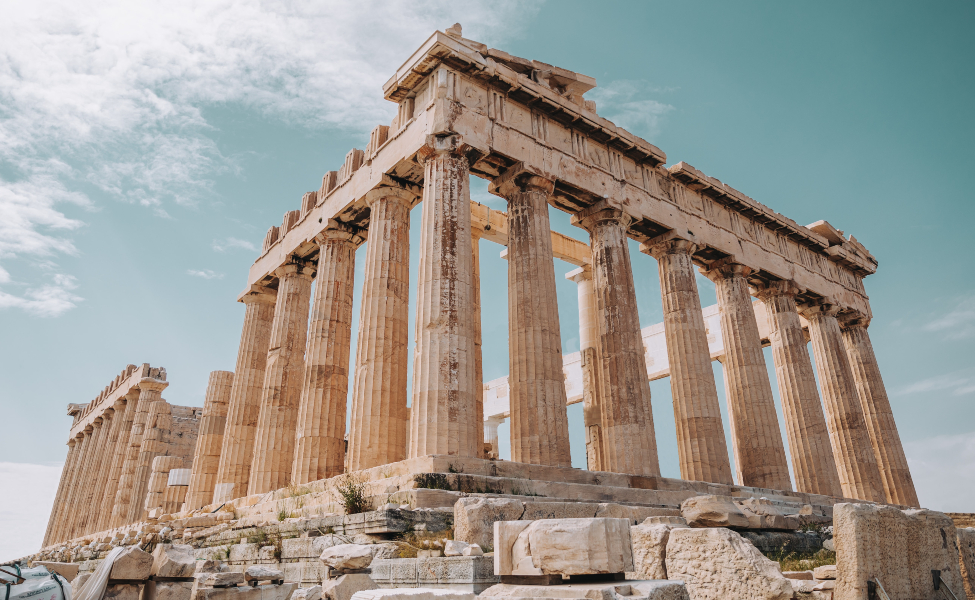Original content owned & copyrighted by Green Global Travel.
As of January 2023 there were a total of 1,157 UNESCO World Heritage Sites in the world, including 218 that were recognized specifically for their Natural Heritage.
Trying to narrow that overwhelming array of options down to a list of the 20 Top UNESCO World Heritage Sites would be impossible, not to mention highly subjective.
But here’s a look at 20 of our favorite protected UNESCO Sites for nature and wildlife lovers, including national parks and reserves in the USA and Canada, Africa, Asia, Australia, Central and South America, and beyond.
In our experience all of them offer extraordinary travel experiences, so they’re listed alphabetically rather than in any of sort ranked order of excellence.
READ MORE: The 15 Best UNESCO World Heritage Sites in the USA (For Nature/History Lovers)
Top UNESCO World Heritage Sites List
- Bwindi Impenetrable Forest National Park (Uganda)
- Canadian Rocky Mountain Parks (Canada)
- Central Amazon Conservation Complex (Brazil)
- Darién National Park (Panama)
- Galapagos Islands (Ecuador)
- Great Barrier Reef (Australia)
- Iguazú National Park (Argentina)
- Kenya Lake System In The Great Rift Valley (Kenya)
- Kluane/ Wrangell-St Elias/ Glacier Bay/ Tatshenshini-Alsek (Canada/Usa)
- La Amistad International Park (Costa Rica/Panama)
- Manú National Park (Peru)
- Mosi-Oa-Tunya/ Victoria Falls (Zambia/Zimbabwe)
- Nanda Devi & Valley Of Flowers National Parks (India)
- Ngorongoro Conservation Area (Tanzania)
- Okavango Delta (Botswana)
- Pantanal (Brazil)
- Sichuan Giant Panda Sanctuaries (China)
- Sundarbans National Park (India/Bangladesh)
- Valdés Peninsula (Argentina)
- Yellowstone National Park (USA)
READ MORE: 12 Odd Intangible Cultural Heritage Practices UNESCO Protects
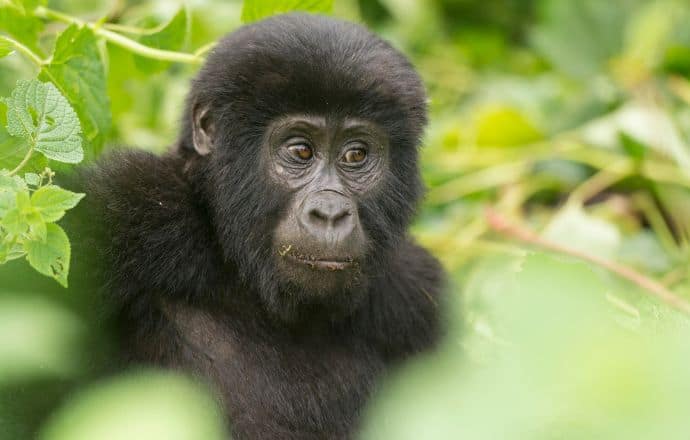
1. Bwindi Impenetrable Forest National Park (Uganda)
Located in southwestern Uganda, 199-square mile Bwindi is part of Africa’s richest and oldest forest, dating back 25,000 years.
Established in 1991 to protect Mountain Gorillas, the park currently boasts around 350 of them.
It’s also home to over 200 species of trees, 120 mammal species, and 350+ bird species, making it one of Africa’s finest birding destinations.
READ MORE: 50 Interesting Facts About Gorillas
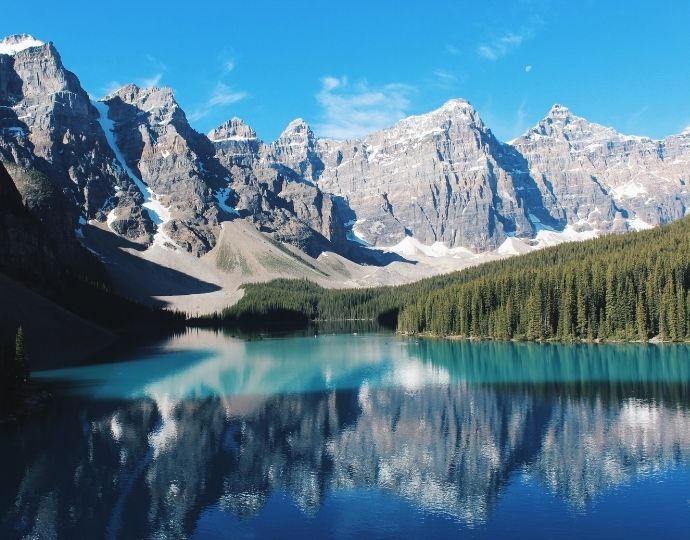
2. Canadian Rocky Mountain Parks (Canada)
When it comes to stunning scenery, it’s hard to beat the Canadian Rockies.
This UNESCO World Heritage Site includes four National Parks (Banff, Jasper, Kootenay, and Yoho), three provincial parks, and countless glaciers, hot springs, mountains, and rivers.
Needless to say, the region’s wildlife (Elk, Bears, Cougars, Otters, Wolves) is equally abundant and impressive.
READ MORE: The 15 Best National Parks in the World for Wildlife Watching
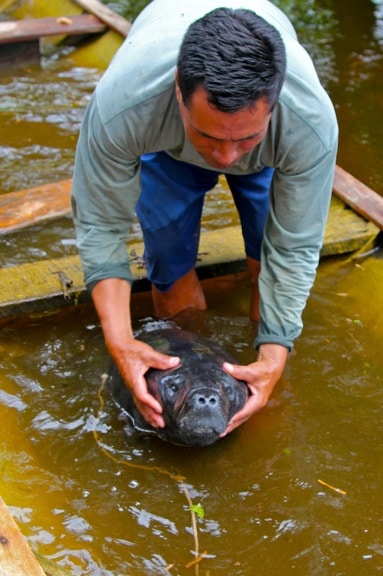
3. Central Amazon Conservation Complex (Brazil)
With over 13 million acres, the CACC is the largest protected area in the Amazon Basin, which stretches across 40% of South America.
It’s home to one of the world’s most biodiverse repositories of flora and fauna, including Várzea and Igapó forests.
During our visits to the Amazon, we saw myriad endangered species such as the Amazonian Manatee, two species of River Dolphin, Black Caiman, birds and more.
READ MORE: 21 Incredible Animals That Live in the Amazon Rainforest

4. Darién National Park (Panama)
Located 200 miles from Panama City, the largest National Park in Panama is also arguably Central America’s most important UNESCO site.
The 3317-square mile Biosphere Reserve acts as a natural bridge to South America, with myriad different ecosystems.
Wildlife that is often spotted in this area include monkeys, Jaguars, Agouti, Ocelots, Spotted Paca, and Capybaras.
READ MORE: 15 Amazing Animals in Panama You Can See on Vacation
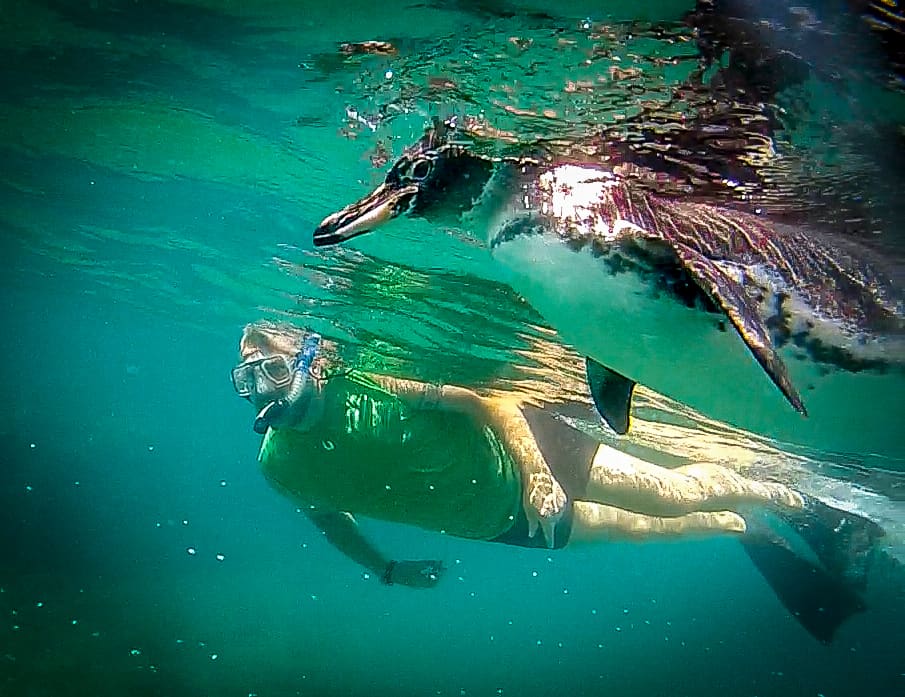
5. Galapagos Islands (Ecuador)
Named the world’s first UNESCO Site in 1978, this archipelago of volcanic islands 563 miles off the coast of Ecuador is a must-see for anyone who loves nature and wildlife.
Its ecosystems are dynamic and diverse, home to fascinating, fearless species such as Blue-Footed Boobies, Flightless Cormorants, Giant Tortoises, Galapagos Penguins, Marine Iguanas, and many species of Galapagos Birds.
I’ve had the pleasure of exploring the Galapagos Islands twice, and it’s the sort of place you can return to over and over again and never grow tired of its extraordinary landscapes and the wildlife that inhabits them.
READ MORE: 30 Amazing Galapagos Islands Animals
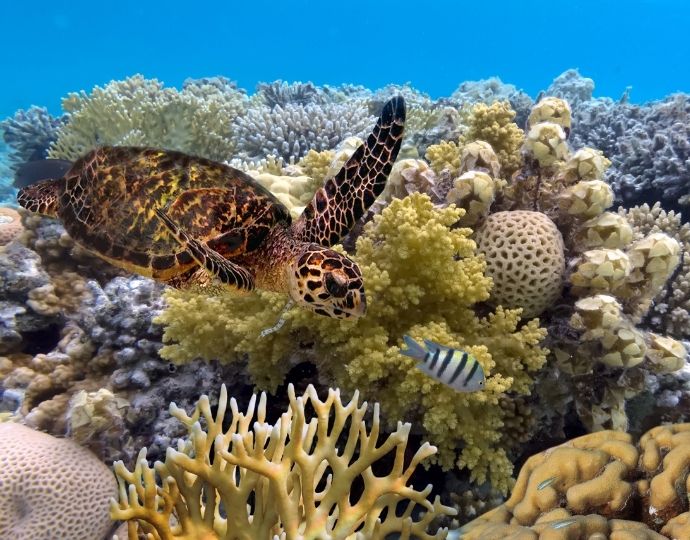
6. Great Barrier Reef (Australia)
One of the 7 Natural Wonders of the World, the planet’s largest reef system is comprised of over 2,900 individual reefs and 900 islands stretched out across a 133,000-square mile area.
It’s home to 30 species of cetaceans, over 1,500 species of fish, six species of sea turtles, around 125 species of sharks and stingrays, and 215 species of Australian birds.
Though there have been myriad marine conservation issues that threaten the coral reefs, it’s still one of the planet’s most spectacular spectacles.
READ MORE: 30 Cool & Weird Ocean Animals Around the World
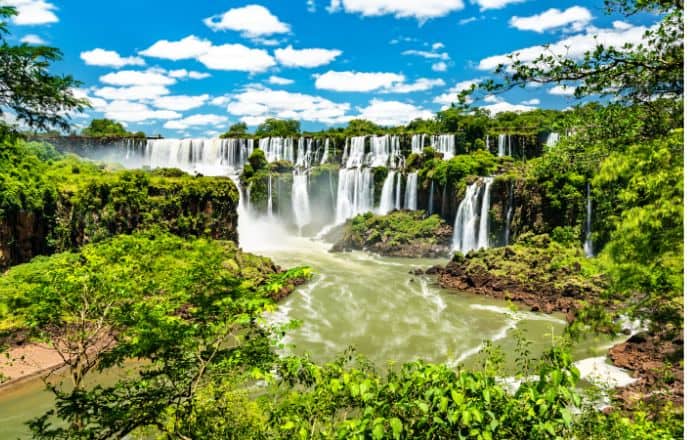
7. Iguazú National Park (Argentina)
Ranking among South America’s most stunning natural attractions, Iguazú Falls is the largest system of waterfalls in the world.
It’s taller than Niagara Falls (269 feet) in the US/Canada, and 3,000 feet wider than Victoria Falls in Zambia/ Zimbabwe.
Iguazú Falls is also surrounded by lush tropical rainforest, which is home to wondrous wildlife (Howler Monkeys, Jaguars, Tapirs, etc.) and over 2,000 species of plants.
READ MORE: 25 of the World’s Biggest Waterfalls (By Continent)
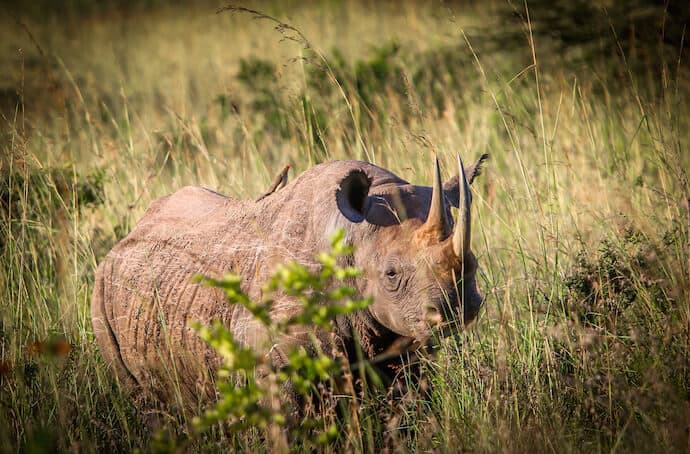
8. Kenya Lake System in the Great Rift Valley (Kenya)
Added in 2011, this UNESCO World Heritage Site includes three interlinked lakes– Bogoria, Elementaita, and Nakuru– covering over 79,000 acres in Kenya’s Great Rift Valley.
It’s one of the world’s true geological wonders, and also a haven for birdwatchers, with avian diversity that includes vast populations of Lesser Flamingos and White Pelicans.
The area is also home to mammals such as Black Rhino, Cheetah, Giraffe, Lion, and critically endangered Wild Dogs, and is considerably less crowded with tourists than other safari hotspots.
READ MORE: Animals in Kenya: A Guide to 40 Species of Kenyan Wildlife
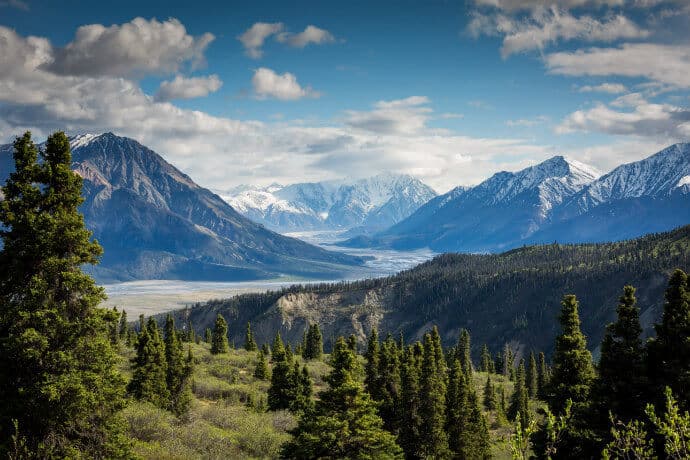
9. Kluane/ Wrangell-St Elias/ Glacier Bay/ Tatshenshini-Alsek (Canada/USA)
This international park system is located on the US/Canada border where Alaska, British Columbia, and the Yukon all come together.
Its 37,989 square miles are home to some of North America’s most jaw-dropping landscapes, many of which are best explored via small ship cruises. It also contains the largest non-polar ice field on the planet.
On our Alaskan Inside Passage Cruise in 2019, my daughter and I saw mammals such as Caribou, Dall Sheep, and Grizzly Bears, as well as marine life such as Sea Otters, Seals, Atlantic Puffins, Whales, Dolphins, and more.
READ MORE: Alaskan Animals: 40 Species You Can See During Your Alaska Vacation
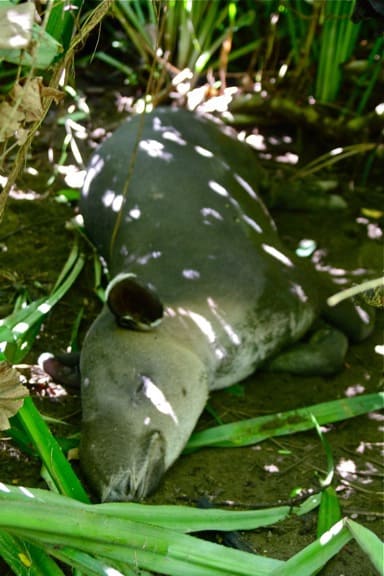
10. La Amistad International Park (Costa Rica/Panama)
Straddling the border between Costa Rica and Panama, La Amistad International Park is the largest nature reserve in all of Central America.
Its 991,000 protected acres are a huge hotspot of biodiversity, containing around 20% of the region’s species. But, due in large part to its rough terrain, much of the park remains unexplored.
One series of expeditions to the area discovered 12 new plant species, 15 amphibians, and 3 reptiles that were previously unknown to science!
READ MORE: 40 Amazing Costa Rica Animals
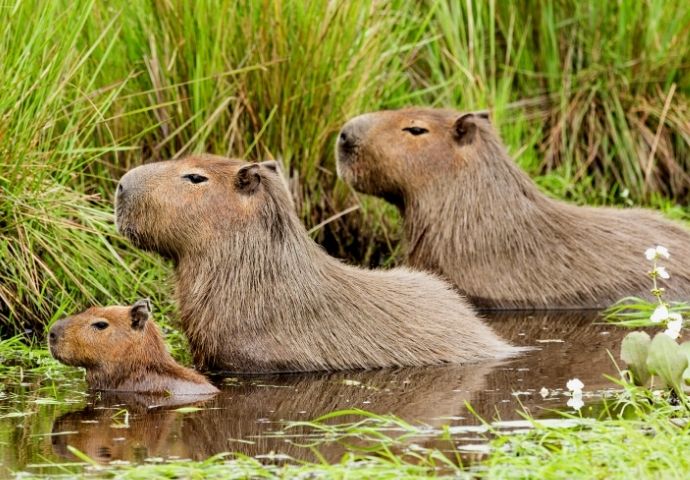
11. Manú National Park (Peru)
Located approximately 3 hours from Cusco, this 11,800-square mile park is home to over 1000 different species of birds– more than the entire USA and Canada combined!
Ecosystems you can visit in Manú National Park range from tropical rainforests to montane grasslands.
They offer possible sightings of some incredible wildlife, such as Jaguars, Pumas, Giant Otters, Brazilian Tapir, Capybaras, Spectacled Bears, and 14 species of monkeys.
READ MORE: 70 Cool & Weird Animals Around the World (An Epic Guide)
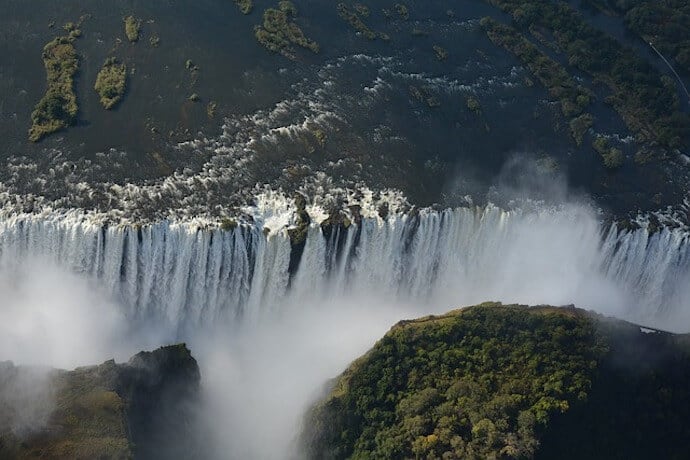
12. Mosi-Oa-Tunya/ Victoria Falls (Zambia/Zimbabwe)
Located right on the border between Zambia and Zimbabwe, Mosi-oa-Tunya (“The Smoke that Thunders”) is the largest waterfall in the world due to its combination of width (5,604 feet) and height (354 feet).
The National Parks on either side of the border are teeming with Elephants, Giraffes, Zebras, big cats (Lions, Leopards, etc), and birds of prey.
In short, it’s no wonder the jaw-dropping Victoria Falls is included among the Seven Natural Wonders of the World!
READ MORE: The 20 Safest Countries in Africa to Visit

13. Nanda Devi & Valley Of Flowers National Parks (India)
The gorgeous landscapes of these two Himalayan parks are dominated by Nanda Devi, India’s second tallest mountain (25,646 feet).
The Valley of Flowers is blanketed in blossoms during the summer, making it one of India’s most beautiful hikes at that time of year.
Both parks offer an impressive array of biodiversity, including beautiful endangered species such as Snow Leopards and Himalayan Musk Deer.
READ MORE: Indian Animals: A Guide to 40 Incredible Indian Wildlife Species
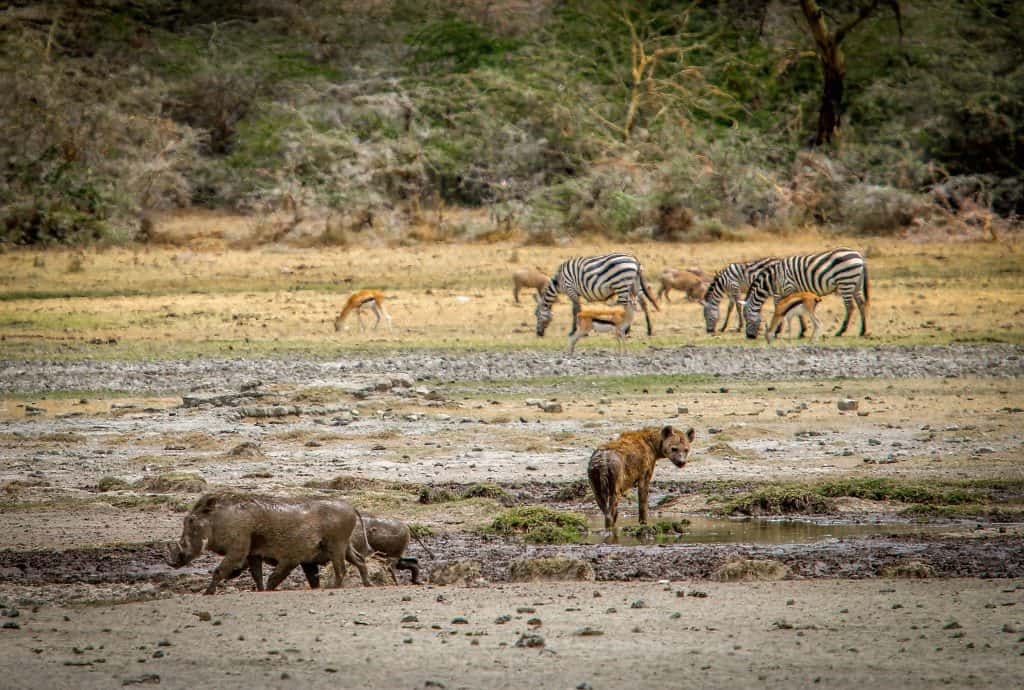
14. Ngorongoro Conservation Area (Tanzania)
The Ngorongoro Conservation Area is the only place in Tanzania that protects wildlife while also allowing human habitation.
Ngorongoro Crater, the largest intact volcanic crater in the world, provides home to more than 25,000 large animals (Buffalo, Hippos, Gazelles, Wildebeest, etc.), a dense Lion population, and thousands of Lesser Flamingoes who flock to Lake Magadi.
In our experience, the Ngorongoro area is also a great place to meet the indigenous Maasai people, who have lived there for countless centuries.
READ MORE: Top 10 Tanzania National Parks & Reserves (The Ultimate Tanzania Safari)
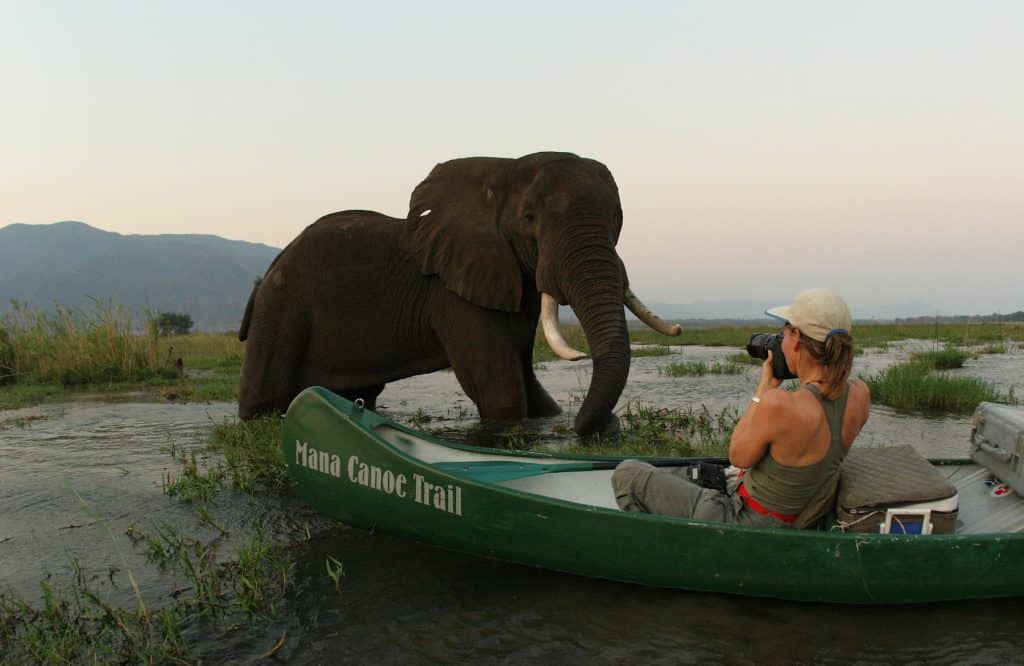
15. Okavango Delta (Botswana)
One of the newer UNESCO Sites, the 5791-square mile Okavango Delta of northern Botswana earned World Heritage Site status in 2014 for its diverse array of wildlife.
In the winter its canals and swamps attract over 200,000 large mammals (Cheetahs, Lions, Elephants, Rhinos, Wild Dogs, etc.) and over 400 bird species, including the Crested Crane, Hammerkop, and Sacred Ibis.
This is one of the best canoe trips in the world especially for people who want to go on safari in a canoe!
READ MORE: The 10 Best Places for African Safari Tours
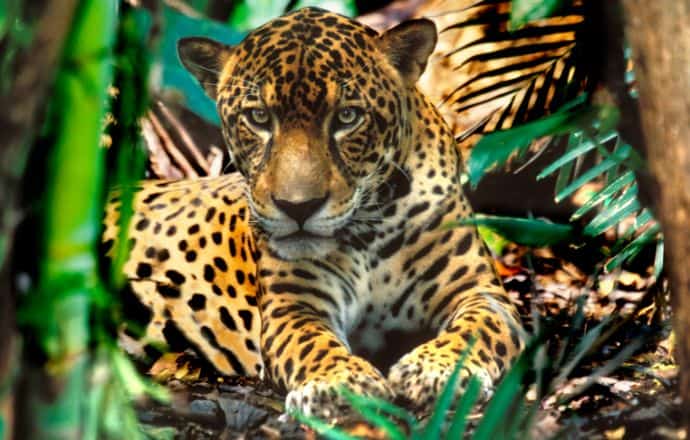
16. Pantanal (Brazil)
The world’s largest wetland at 81,000 square miles, the remote, relatively inaccessible Pantanal offers remarkable biodiversity.
Meeting of the Waters State Park area is arguably the best place in the world to spot the elusive Jaguar.
This remarkably biodiverse region boasts over 230 mammal species, over 1,000 bird species, 90 species of bats, and 80 species of reptiles.
READ MORE: The 20 Best Wildlife Parks & Wildlife Tours in the World

17. Sichuan Giant Panda Sanctuaries (China)
Comprised of 7 nature reserves and 9 scenic parks, Sichuan Giant Panda Sanctuaries encompasses around 924,500 hectares (3,570 square miles).
Collectively, the protected area is home to over 30% of the world’s population of Giant Pandas.
One of the planet’s most botanically rich regions (home to between 5,000 and 6,000 species of plants), its 3,569 square miles are also a refuge for the Red Panda, Clouded Leopard, and Snow Leopard.
READ MORE: Saving Endangered Asian Animals: The 10 Best Wildlife Conservation Programs
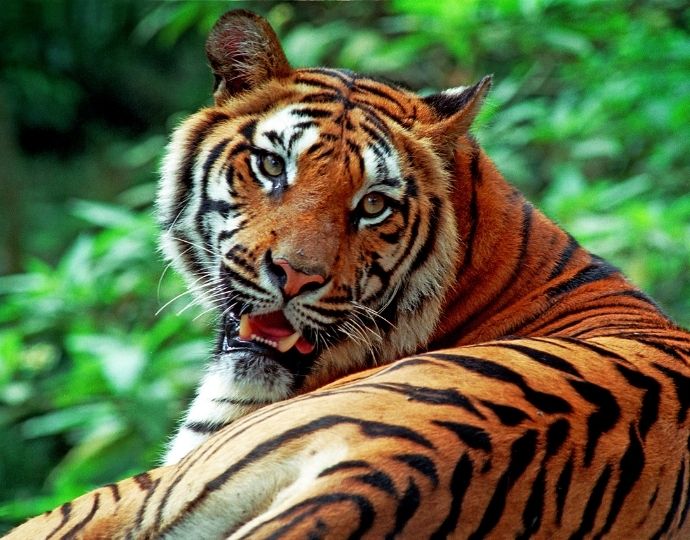
18. Sundarbans National Park (India/Bangladesh)
The world’s largest Mangrove forest, this 3860-square mile park’s waterways are home to endangered species such as Irrawady and Ganges River Dolphins.
Sundarbans National Park’s beaches provide important nesting grounds for three different species of Sea Turtles.
The area is also inhabited by elusive Royal Bengal Tigers, who will often swim in search of food such as fish, crabs, and Monitor Lizards.
READ MORE: Top 10 National Parks in India for Indian Safaris

19. Valdés Peninsula (Argentina)
Located on Argentina’s eastern coast, the Valdés Peninsula is emerging as a burgeoning Latin American ecotourism hotspot for people who love marine life.
It’s a great place to spot Southern Elephant Seals and Sea Lions, endangered Southern Right Whales, Orcas, Commerson’s Dolphins, and Punta Tombo’s massive colonies of Magellanic Penguins.
Other attractions nearby include the village and beach of Puerto Pirámides, the abandoned windmill of Los Molinos Beach, and the cliffside caves known as Las Cuevas.
READ MORE: What Is Ecotourism? (The History & Principles of Responsible Travel)
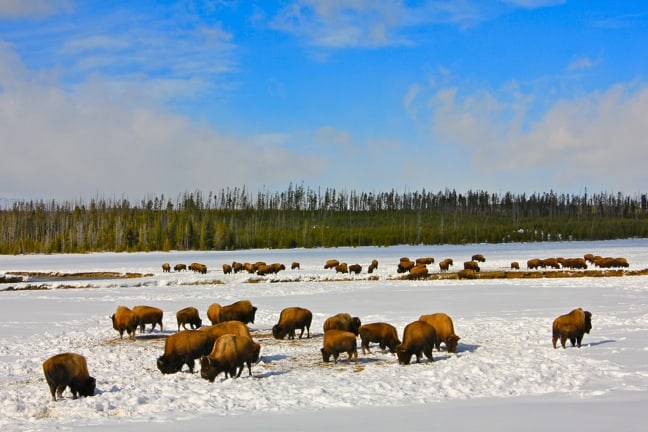
20. Yellowstone National Park (USA)
The world’s first National Park, protecting 3,468 square miles of rugged wilderness, Yellowstone was a trailblazer in the conservation of nature and wildlife.
In addition to its massive concentration of megafauna (see: Bison, Elk, Grizzlies, Moose, Wolves, etc.), it also features the largest super-volcano in the US (the Yellowstone Caldera) and half of the planet’s geothermal features.
Overtourism makes the park a bit crowded in the peak of summer, but my daughter and I visited Yellowstone in winter and loved seeing the geothermal landscapes completely covered in snow. –by Bret Love, featured image of Jaguar via Canva
